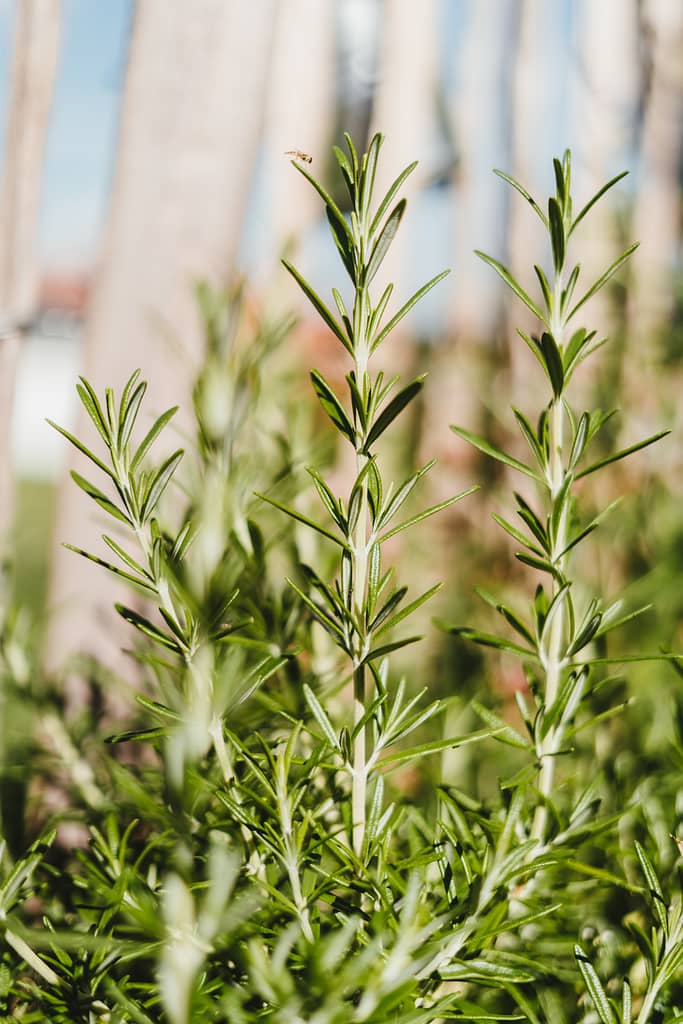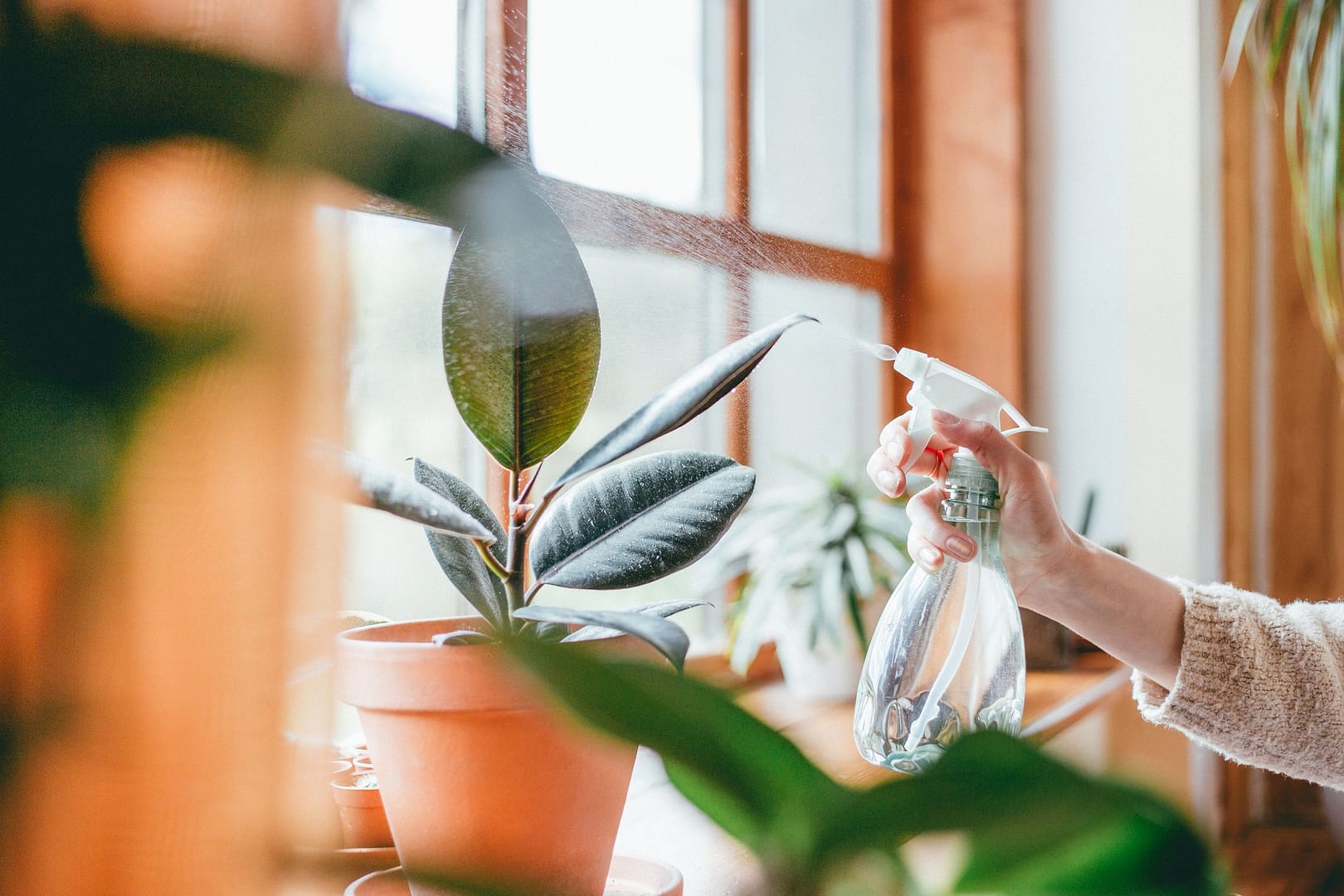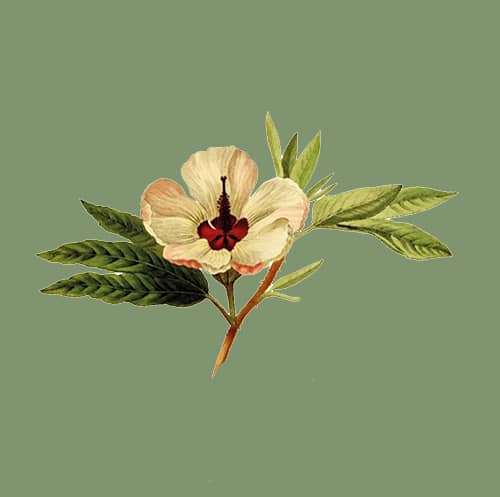Are you a proud plant parent? Home fast at risk of being mistaken for a tropical rainforest? Well, we’ve got you covered.
Did you know, during the summer, you can improve the health and appearance of your house plants by moving them outside? Most indoor plants thrive in outdoor conditions, although it’s best to keep tropical plants, such as moth orchids and African violets, indoors. Rain will wash away any dust, while increased light intensity promotes healthy growth.
But although they’re already accustomed to shade and warm temperatures, your plants will suffer if moved outside straight away, so acclimatise them by gradually exposing them to the outdoors for short periods first.
You can grow many plants in a pot, but only a few will be happy indoors. As well as the light levels, ventilation is also a factor. A lot of plants can’t cope with the fact that our homes are quite cooped up, with dry air and radiators.
It is a shame to say farewell to your favourite outdoor garden plants each winter. But you may be surprised to hear that many are actually perennials from warmer climates that will grow all year if you bring them inside. Plants that prefer shade will make brilliant house plants as homes tend to have lower light levels. Some plants such as tropical ones will need extra attention though, as there are other conditions to take into consideration like cooler temperatures indoors and humidity.
Here’s a list of garden plants that also make good house plants…
Alocasias need a light, bright spot in the house, but they shouldn’t be in direct light (such as on a window sill) as they’re sheltered by the rainforest canopy in their native environment. They also love the humidity of the jungle, so put them in a light bathroom or kitchen, where there’s lots of humidity from cooking or bathing.
The Aspidistra is very low maintenance. They can grow in a very shaded spot and don’t mind drought. In fact, they’ll tolerate almost any unfavourable conditions. Aspidistras fell out of fashion in the mid-20th century but is now newly appreciated for its elegance and because it’s so easy to care for.
If you put your Aspidistra outside on the terrace, it can stay out until the temperatures drop below 6C.
Aeoniums are desert plants, so they prefer warm, dry air. As long as they’ve got lots of sunlight and minimal amounts of watering, they’re perfectly happy indoors. They grow well outside in a cool Mediterranean climate. They’re a really easy, unfussy plant but they need sun. Some of the burgundy leaves will be more green if they’re planted in the shade.

There are thousands of begonia varieties, but not many will transfer happily from indoors to outside. The Begonia Rex is a good variety that will grow outdoors on a terrace in a temperate summer and still look good indoors in the winter. If you do have a begonia that’s happy to come indoors as a houseplant, you need to bring it in before temperatures drop to 12C/55F.
The cactus. The key to looking after a cactus is to remember that it’s a desert plant. So whether they’re indoors or outdoors, they need lots of light, but they store a lot of water, so don’t water them too much. A bright south-facing window sill is ideal. And let the soil completely dry out before you water them again. Or even leave it a bit longer.
There are a few cacti that can survive very cold weather, but most can’t. So you’ll need to check your variety before deciding whether to take it outside in the summer.
Fatsia can be kept inside as a houseplant, but they need to be kept away from any heat source, such as a fire or radiators. They don’t want to be in ‘bright, bright sunlight, and they are quite shade tolerant as well.
Philodendron is known to be a shade-loving plant, but I’ve known them to enjoy quite a bright spot too. They need a little more water than the thicker, fleshy-leaved plants. So water them once the top inch of soil has dried out. But they’re fairly tough. As long as they don’t go below 15C, they tend to be fine.
Many herbs do well indoors. For annuals and biennials, like basil and parsley, it is best to start with a small, young plant. Chives are a particularly easy herb to grow indoors. Even if they are hit by frost, they will rejuvenate indoors in a pot. Perennials, like lemongrass and rosemary, can be potted and brought back and forth from the outdoor herb garden to the indoor window sill. Trim and use your herbs to keep them bushy and full.

Have you had any success bringing garden plants indoors or vice versa? We’d love to hear about it. Share your experiences with us by tagging us @BloomsburyHomeStore.
Explore our full garden ware range.



